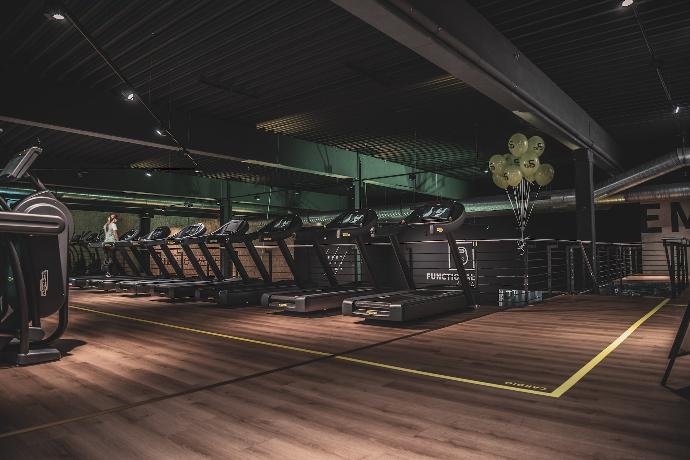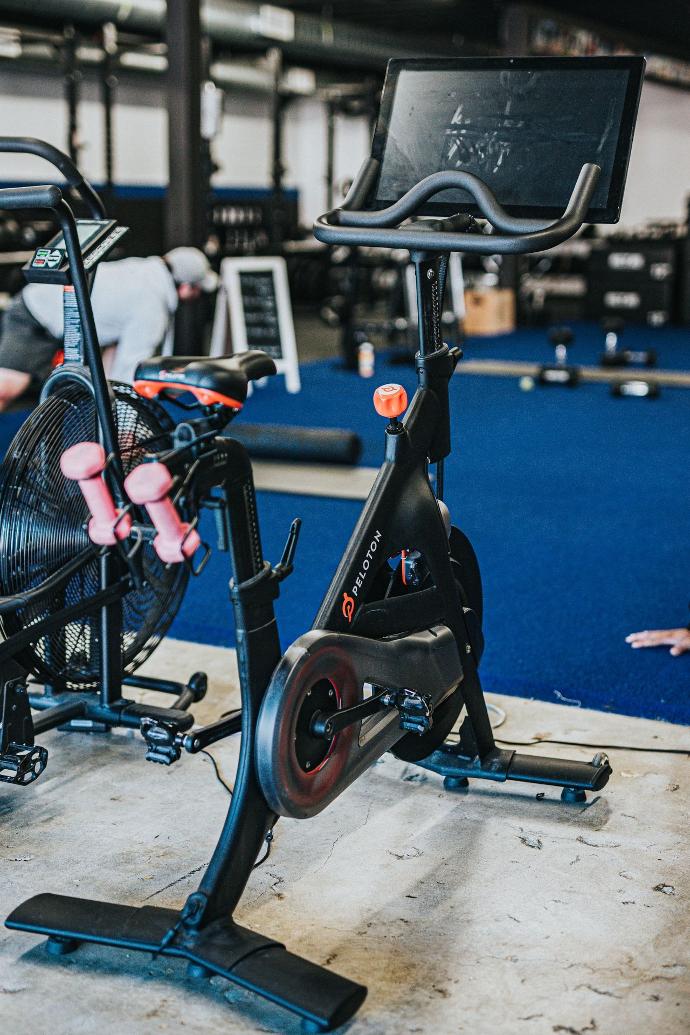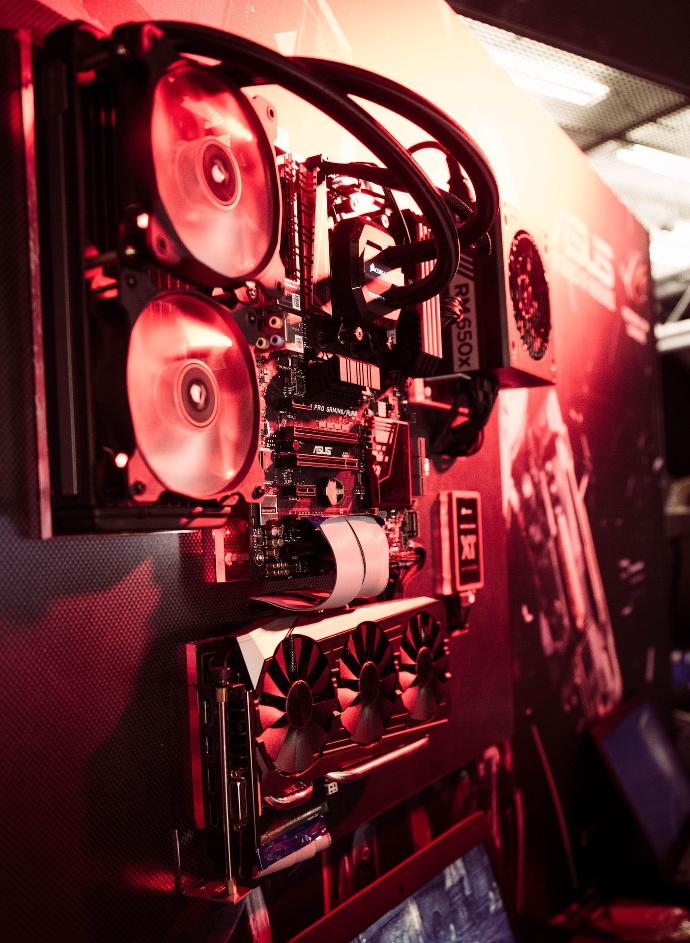Gym design goes beyond simply selecting equipment and arranging it in a room. It's an art that combines functionality, aesthetics, and user experience to create inspiring fitness environments. Whether you're a gym owner, a fitness enthusiast, or a designer looking to make an impact, understanding the principles of effective gym design is essential. In this article, we will explore the key considerations, design strategies, and emerging trends that will help you master the art of gym design and create spaces that motivate and energize gym-goers.
Understanding User Needs

The foundation of successful gym design lies in understanding the needs and preferences of your target audience. Consider the demographics, fitness goals, and workout preferences of your members. Are they looking for a high-energy, dynamic environment or a serene and Zen-inspired space? Tailor your design choices to meet their expectations and create an atmosphere that resonates with their fitness journey.
Creating an Efficient Layout

An effective gym design starts with a well-thought-out layout that maximizes space utilization and promotes ease of movement. Divide the space into designated workout zones such as cardio, strength training, functional training, and group exercise areas. Ensure proper traffic flow and provide ample room for users to navigate between equipment and workout stations. Strategically place mirrors to enhance visibility and create a sense of spaciousness.
Lighting for Motivation and Focus

Lighting plays a crucial role in gym design, as it sets the mood and enhances the overall ambiance. Incorporate a combination of natural and artificial lighting to create a balanced environment. Use bright, energizing lighting for high-intensity areas and softer, warmer lighting for relaxation zones. Incorporate large windows, skylights, or glass walls to allow natural light to flood the space, creating a refreshing and inviting atmosphere.
Aesthetics and Branding

Infuse your gym design with a strong visual identity and branding elements that reflect your gym's personality and values. Choose a cohesive color scheme that aligns with your brand and evokes the desired emotions. Use signage, motivational quotes, and graphics strategically placed throughout the gym to inspire and engage users. Consider incorporating unique architectural features, such as exposed brick walls or innovative ceiling designs, to create a memorable and visually appealing space.
Functional and Durable Flooring

Selecting the right flooring is crucial for both functionality and aesthetics. Gym flooring should be durable, slip-resistant, and capable of withstanding heavy foot traffic and equipment. Different workout areas may require specific flooring options, such as shock-absorbing rubber flooring for weightlifting areas or impact-resistant surfaces for functional training zones. Additionally, choose flooring materials that are easy to clean and maintain for a hygienic environment.
Equipment Selection and Placement

Carefully choose gym equipment that aligns with your target audience's fitness goals and interests. Consider both the functionality and visual appeal of the equipment. Arrange the equipment in an organized manner, ensuring sufficient spacing and clear pathways. Provide dedicated areas for different exercise modalities, such as strength training, cardio, and functional training, to create a well-rounded gym experience.
Creating Inspiring Functional Areas

Beyond workout spaces, consider incorporating additional functional areas that enhance the overall gym experience. Design comfortable and well-equipped locker rooms with ample storage, showers, and changing areas. Create a welcoming reception area where members can check-in, socialize, or relax. Consider incorporating wellness areas such as saunas, steam rooms, or even a juice bar for post-workout recovery.
Embracing Technology

Integrating technology can elevate the gym experience and set your facility apart. Consider incorporating features such as interactive digital displays, virtual training programs, and wearable fitness trackers. Provide Wi-Fi connectivity and charging stations for members to stay connected and track their progress. Embrace fitness apps and digital platforms that offer personalized workout routines and data analysis.
Designing a successful gym involves a thoughtful and holistic approach that combines functionality, aesthetics, and user experience. By considering the needs of your members, optimizing the layout, selecting the right equipment, and creating a visually inspiring environment, you can create a fitness space that motivates and supports your clientele. Stay updated with the latest trends and emerging technologies to continually enhance the gym experience. Remember, a well-designed gym is not only a place for physical transformation but also a hub for inspiration, connection, and personal growth.

